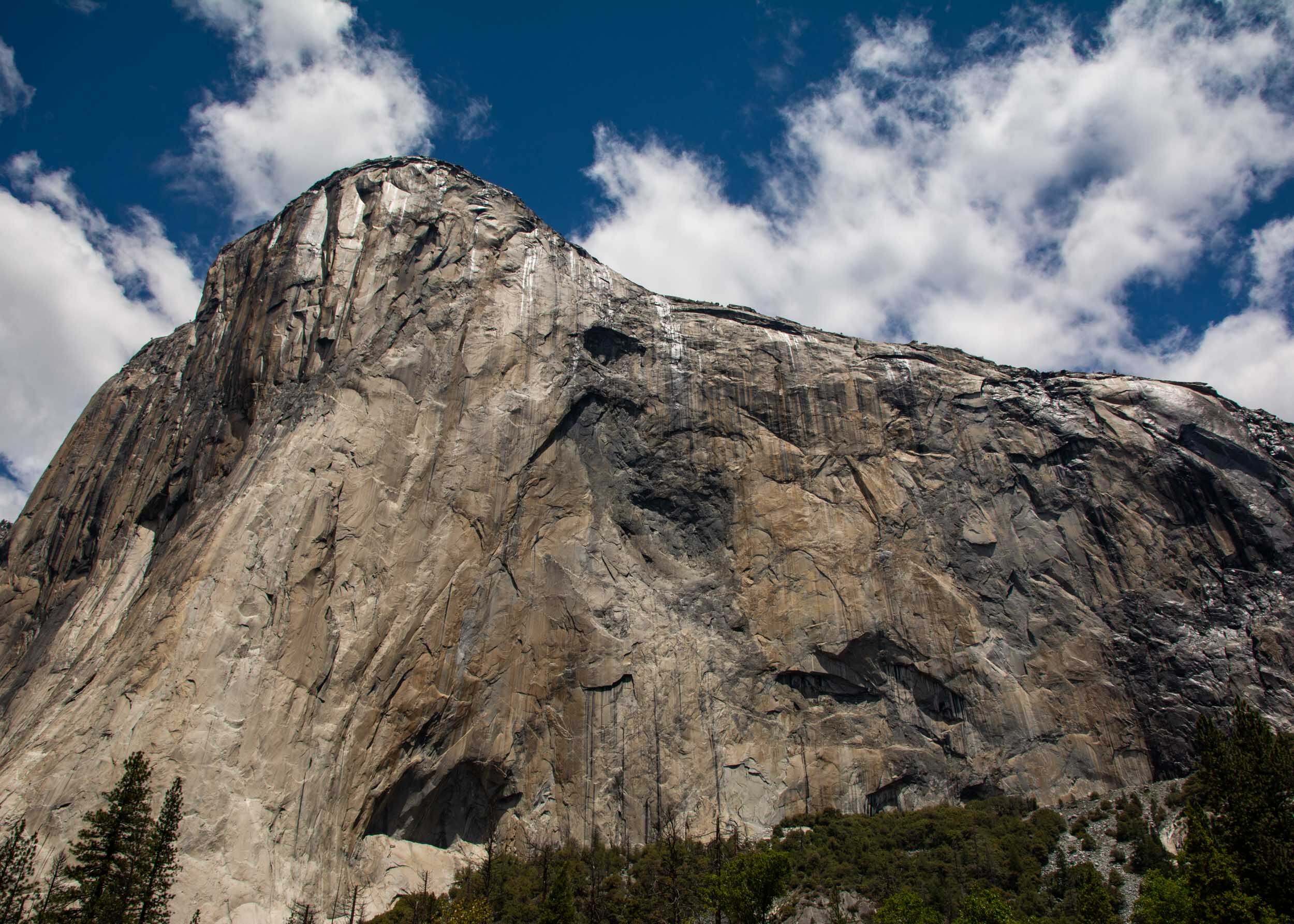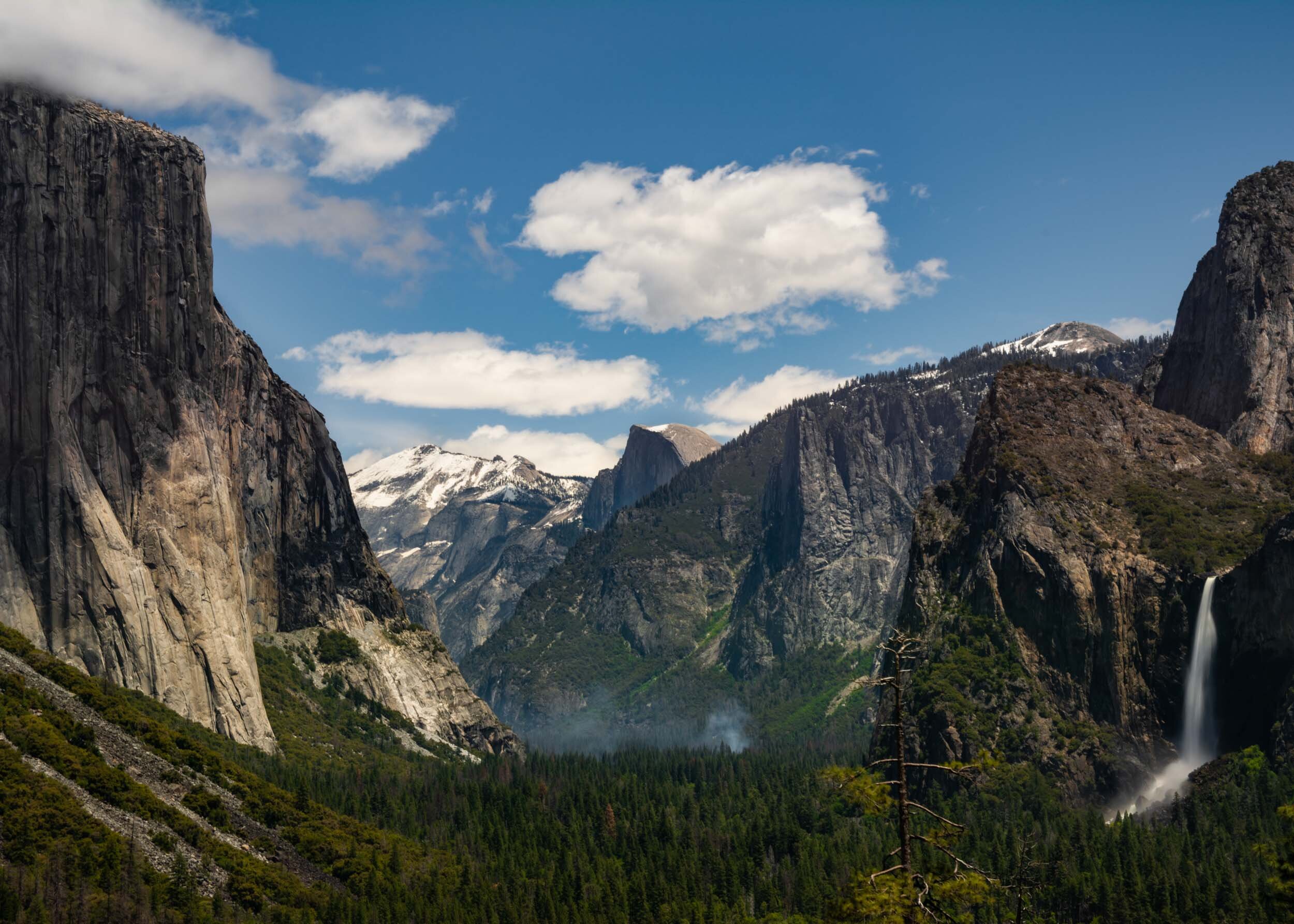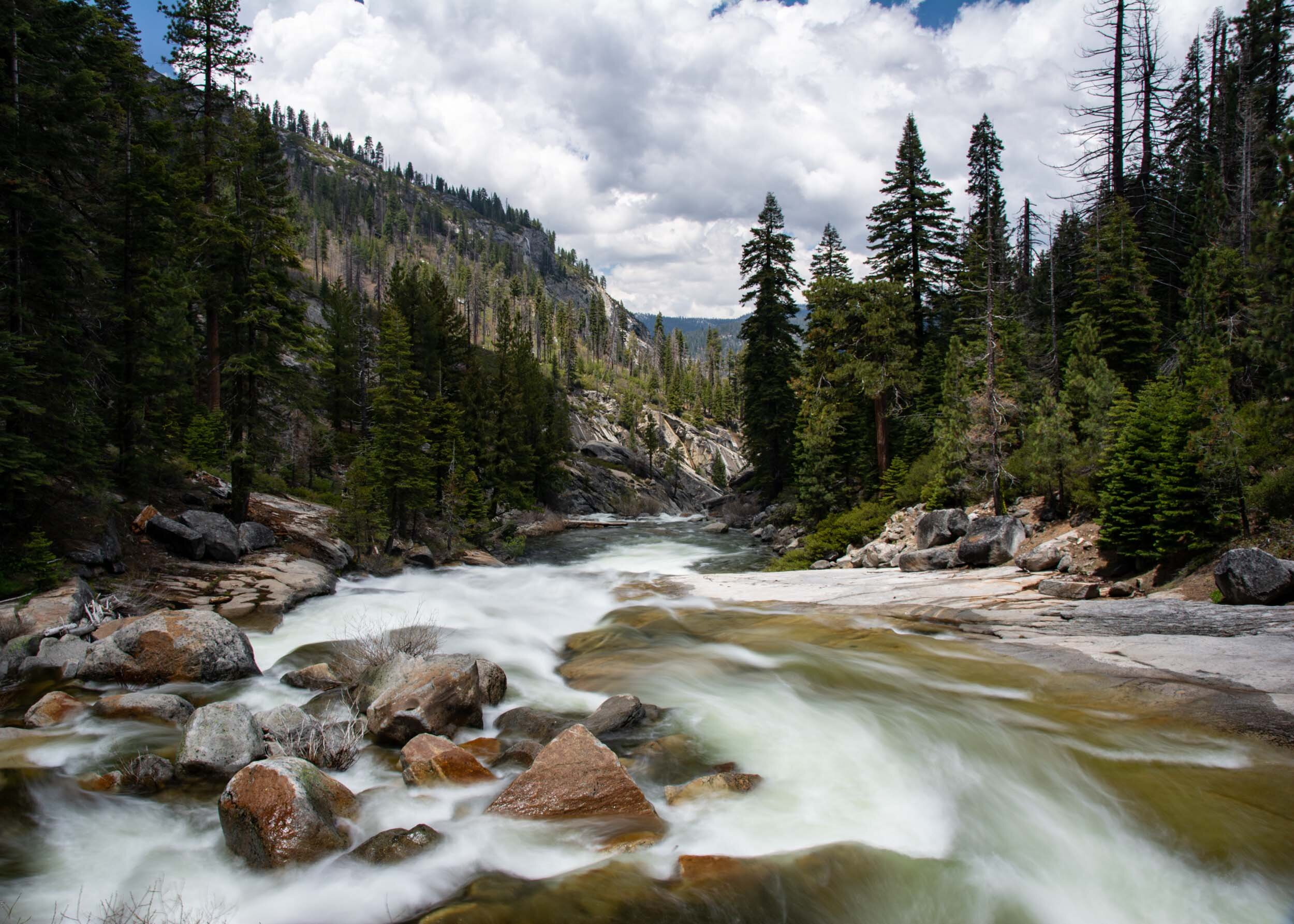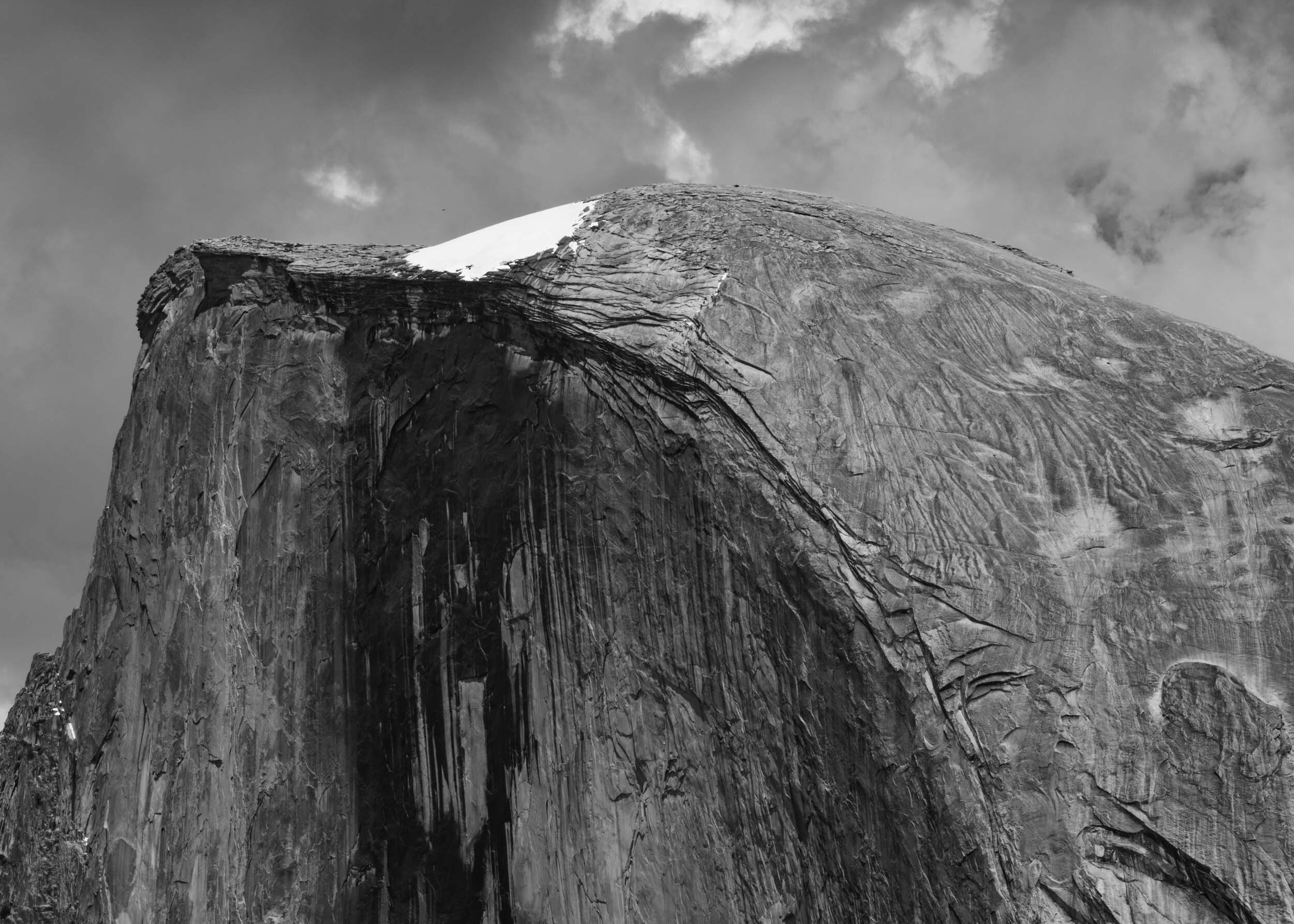Be ready for daylong hikes (8-16 miles), lots of elevation gain (~950 m) and fantastic views from different angles of Yosemite valley! I did this trip in May 2019 right after Memorial Day weekend to avoid crowds.
Every season is good for Yosemite, but during spring, just after Memorial Day weekend, the waterfalls are fully loaded with water and not many visitors go to the park during the week (which helps to find parking easily and not having people next to you all the time during the trails!). On the other hand, some parts on the highest areas are still covered with snow and the trail might not be visible, and there is usually chance of rain in the afternoon. Depending on how strong the winter was, many roads can still be under maintenance, in my case Tioga Road was closed and I couldn’t do the Cathedral Lakes hike which was very high on my list. Will have to include it the next time I go to Yosemite, and hike Half Dome which is also closed during winter and part of spring.
The drive from San Francisco is around 4 hours, I left early and got to Yosemite by noon, giving me enough time to explore the valley by car and stop at the scenic viewpoints. I drove up to Glacier Point (stopping at Tunnel View for another great viewpoint of the valley) to start the hike to Sentinel Dome & Taft’s Point (the Taft’s Point trailhead is on the way but I preferred to park in Glacier Point to secure a parking spot). They’re well connected and it’s a 7 mile hike with great panoramic views. Remember that the sun will set on the West so the afternoon is the best time for photos on this side of the valley. Make sure you’re back at Glacier Point before sunset for stunning photos of Half Dome!
On the second day, I had an early (9am) start to hike Upper Yosemite Falls and get to Yosemite Point for a different panoramic view of the valley. I knew I had to get to the peak after midday to have a good light. This hike (round trip) was 10 miles and has a steep elevation gain! Initially I wanted to start at the Old Big Oak Flat trailhead, hike up to El Capital, Eagle Peak, Yosemite Point and then head down via Upper Yosemite Falls (very log hike), but there was much snow accumulation and could have been dangerous. Even when I was at the top of the Upper Yosemite Falls there was much snow and it was impossible to find the trail to Eagle Peak. This is all for day two!
The third day is the longest one, and Panorama Trail has to be in the itinerary as it is a must! I was looking for the best light and started hiking the Mist Trail at 9am to Vernall Falls, then skipped Nevada Falls and took the John Muir Trail at Clark Point and all the way up to Glacier Point! It’s a 10 mile hike and after resting a little bit I connected this trail with the 4 Mile Trail to get down to the village. The views were breathtaking, the Panorama and 4 Mile Trail cannot be skipped! Once down, it is 1 mile of walking to the visitor center to get to the car/bus. Total miles of the day: 15.
The fourth and last day is a short day as the return drive is 4 hours and after the strenuous hikes in the last three days, something more easy can be done during the morning. I wanted to explore other parts of Yosemite and did the Ranchería Falls Trail, it’s a relatively medium distance hike but all flat. Alternatively, walking around the valley is also a nice plan during the morning and have a picnic.
I had more than four days and as I haven’t been to San Francisco before, I explored the city and drove to Big Sur for some hikes (I recommend the Edwolsen Trail, but it isn’t well maintained after the fires and some fallen trees are on the way), saw California Condors and stopped by Año Nuevo State Park to see the Elephant Seals! I’d recommend 3 days for Big Sur and 2 days for San Francisco. A very active 9-day vacation covering three great places in the West Coast!






